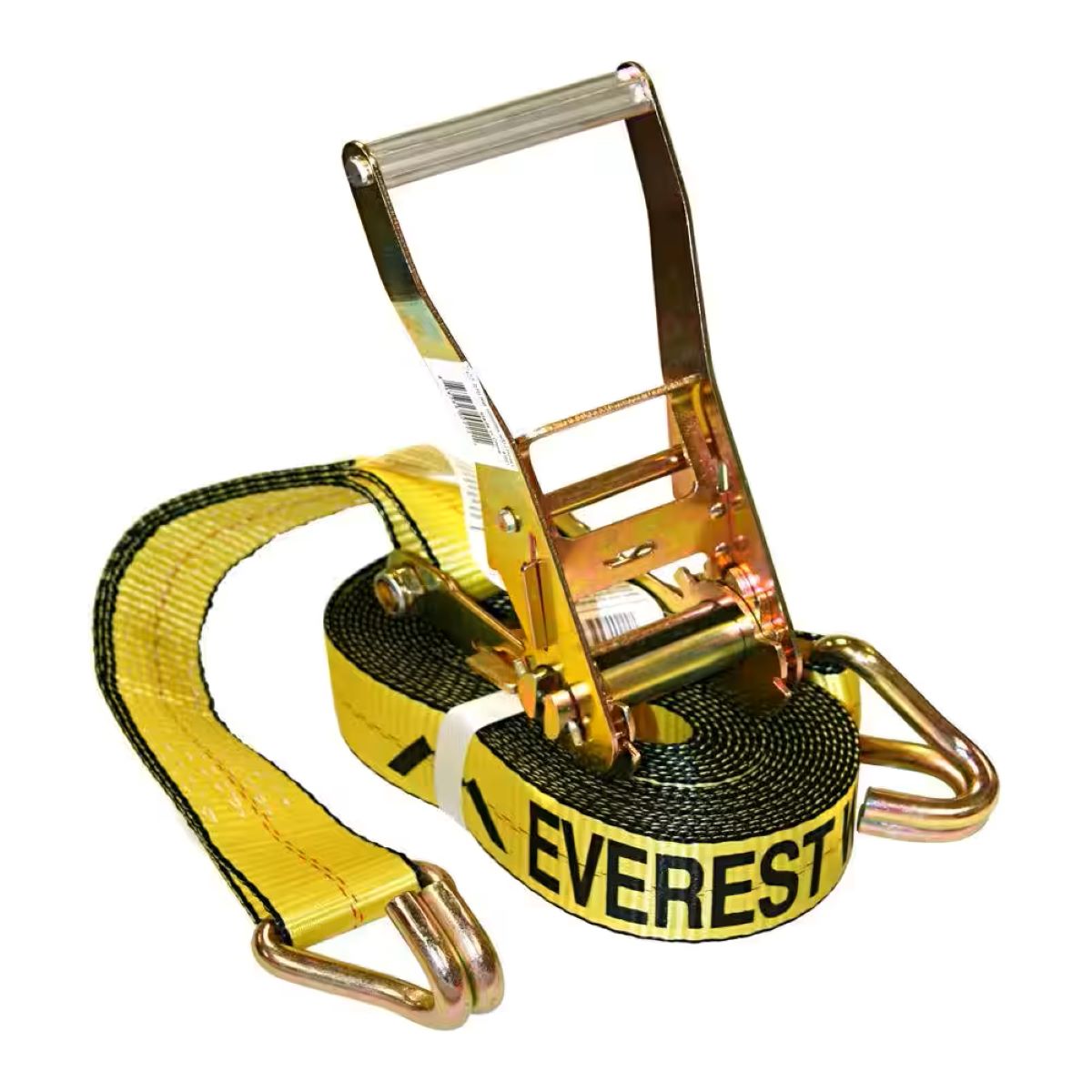

Articles
How To Store Ratchet Straps
Modified: January 5, 2024
Learn the best way to store ratchet straps with our informative articles. Keep your straps organized and in excellent condition for long-term use.
(Many of the links in this article redirect to a specific reviewed product. Your purchase of these products through affiliate links helps to generate commission for Storables.com, at no extra cost. Learn more)
Introduction
When it comes to securing cargo during transportation or storage, ratchet straps are the go-to choice for many individuals and businesses. These sturdy straps are designed to provide maximum tension and keep items securely in place. However, once you’re done using them, it’s essential to store them properly to ensure their longevity and effectiveness for future use.
In this article, we will guide you through the process of storing ratchet straps in a way that keeps them in optimal condition. By following these steps, you can extend the lifespan of your ratchet straps and have peace of mind knowing that they will be ready for your next securing task.
Key Takeaways:
- Properly storing ratchet straps in a clean, dry, and cool environment, while avoiding excessive weight and pressure, ensures their longevity and reliability for future use.
- Regularly cleaning, inspecting, and maintaining ratchet straps, along with coiling and hanging them for organized storage, contributes to their continued effectiveness and safety during cargo transportation.
Read more: How To Store A Ratchet Strap
Step 1: Choose a Storage Location
The first step in properly storing your ratchet straps is to select an appropriate storage location. Ideally, you want to choose a space that is clean, dry, and away from direct sunlight. This will help prevent any moisture or UV damage that could weaken the straps over time.
If possible, dedicate a specific area or container for storing your ratchet straps. This will help keep them organized and easily accessible whenever you need them. Consider using a storage box, bag, or a designated shelf to keep the straps neatly in place. It’s essential to avoid storing them in a chaotic manner, as it can lead to tangling or damage.
Furthermore, it’s important to choose a storage location that offers protection from extreme temperatures. Fluctuations in temperature can affect the integrity of the straps, causing them to become brittle or lose their elasticity. Therefore, avoid storing them in areas that are prone to extreme heat or cold, such as attics, garages, or outdoor sheds.
By selecting an appropriate storage location, you can ensure that your ratchet straps remain in good condition and are readily available whenever you need them.
Step 2: Clean and Inspect the Ratchet Straps
Before storing your ratchet straps, it’s crucial to clean them thoroughly and inspect them for any signs of damage or wear. This step is essential for maintaining the straps’ functionality and identifying any potential issues that need attention.
Start by removing any dirt, debris, or substances that may have accumulated on the straps. You can use a soft brush or cloth to gently scrub away any surface grime. If the straps are particularly dirty, you may consider using a mild detergent or soap solution to help remove stubborn stains. Be sure to rinse thoroughly and allow the straps to dry completely before moving on to the next step.
Once the straps are clean, carefully inspect them for any signs of wear and tear. Look for frayed edges, cuts, loose stitching, or any other visible damage. Check the ratchet mechanism for any signs of rust or malfunction. If you come across any issues, it’s crucial to address them before storing the straps.
If the ratchet straps are severely damaged or compromised, it’s recommended to replace them altogether. It’s always better to invest in new, reliable straps than to risk using damaged ones that could fail when you need them most.
By cleaning and inspecting your ratchet straps before storage, you can ensure their longevity and reliability for future use.
Step 3: Coil the Straps Properly
Coiling the straps properly is essential for preventing tangling, reducing stress on the material, and ensuring easy storage and retrieval. Follow these steps to coil your ratchet straps effectively:
- Start by holding one end of the strap in your hand, making sure the ratchet mechanism is free and not engaged.
- With the other hand, begin to fold the strap back and forth in a series of tightly wound loops.
- As you create each loop, make sure it lays flat and does not overlap or twist.
- Continue folding and coiling the strap until you reach the end.
- Secure the coiled strap by using a hook-and-loop strap, rubber bands, or any other type of fastener that will keep it neatly bundled together.
It’s important to note that when coiling the straps, you should avoid excessive bending or twisting, as this can weaken the material or cause damage. Keep the coils uniform and tight to ensure optimal storage and prevent any entanglement.
By coiling your ratchet straps properly, you can easily store and retrieve them without any hassle, saving you time and ensuring their durability for future use.
Step 4: Store in a Dry and Cool Environment
Proper storage conditions are crucial for preserving the integrity of your ratchet straps. It’s essential to store them in a dry and cool environment to prevent moisture buildup and heat damage. Here are a few guidelines to follow:
Firstly, ensure that the storage location is dry. Moisture can lead to the growth of mold, mildew, and corrosion, which can significantly weaken the straps over time. If your chosen storage area is prone to humidity, consider using moisture-absorbing products like silica gel packets to help maintain a dry environment.
Secondly, aim to store your ratchet straps in a cool space. Excessive heat can cause the material to degrade and lose its elasticity. Avoid storing them near heat sources such as radiators, furnaces, or direct sunlight. Instead, opt for a temperature-controlled area that remains relatively cool throughout the year.
Furthermore, protect your ratchet straps from exposure to extreme temperature fluctuations. Rapid shifts in temperature can cause the material to expand and contract, leading to weakening or warping. Consider investing in a climate-controlled storage area if you live in an environment with extreme weather conditions.
By storing your ratchet straps in a dry and cool environment, you can minimize the risk of damage and ensure that they stay in optimal condition for an extended period of time.
When storing ratchet straps, make sure to clean and dry them thoroughly before coiling them up. Store them in a dry, cool place away from direct sunlight to prevent damage and degradation.
Read more: How To Store Straps
Step 5: Avoid Excessive Weight or Pressure
When storing your ratchet straps, it’s essential to avoid placing excessive weight or exerting undue pressure on them. Excessive weight and pressure can cause the straps to become strained, stretched, or deformed, compromising their effectiveness. Follow these guidelines to ensure proper storage:
- Avoid stacking heavy objects on top of the straps. The weight can compress and distort the straps, leading to weakened integrity.
- Do not store the straps in a way that causes them to be tightly squeezed or crushed between other objects. This can cause unnecessary stress on the material and compromise their functionality.
- Consider using storage hooks or hangers to hang the straps rather than piling them on the floor or in a cramped space. By hanging them, you can prevent unnecessary pressure on the straps and ensure they remain in their proper shape.
By being mindful of the weight and pressure placed on your ratchet straps during storage, you can maintain their durability and reliability, ensuring they are always ready for use when needed.
Step 6: Hang or Use Storage Hooks
Hanging your ratchet straps or utilizing storage hooks is an excellent way to keep them organized, easily accessible, and free from damage. By following these steps, you can ensure that your straps are stored in a manner that maximizes their lifespan:
- Install sturdy hooks or pegs on a wall or inside a storage cabinet. Make sure they are capable of supporting the weight of the straps.
- Before hanging the straps, coil them neatly following the coiling technique mentioned earlier.
- Place the hooks or carabiners through the loops of the coiled straps, ensuring they are securely fastened.
- Hang the straps vertically or horizontally, depending on the available space and your preference. Make sure they are not under tension or strain.
By hanging your ratchet straps or using storage hooks, you can keep them organized, free from tangles, and readily accessible. This prevents unnecessary bending, twisting, or crushing, which can damage the straps, ensuring they remain in top condition for when you need them.
Step 7: Regularly Check and Maintain the Straps
Maintaining regular checks and inspections of your ratchet straps is crucial to ensure their continued effectiveness and longevity. By following these steps, you can identify any potential issues and take appropriate measures to maintain the quality of your straps:
- Periodically examine the straps for signs of wear and tear, such as fraying, cuts, or loose stitching. Pay close attention to the areas around the hooks and the ratchet mechanism.
- Inspect the ratchet mechanism for any signs of rust, corrosion, or malfunction. Ensure that it moves smoothly and engages securely.
- If you notice any damage or issues, mend or replace the straps as necessary. Do not use straps that are compromised in any way, as they may fail during use and put your cargo and safety at risk.
- Keep the straps clean by wiping them down with a damp cloth and mild detergent whenever they become dirty. Ensure they are thoroughly dry before storing them.
- Store the straps as outlined in the previous steps, ensuring they are free from excessive weight, pressure, and direct sunlight.
By regularly checking and maintaining your ratchet straps, you can address any problems promptly and ensure that they are always in optimal condition. This will provide you with peace of mind and a higher level of confidence in their reliability when it comes time to secure your cargo.
Conclusion
Properly storing your ratchet straps is essential for maintaining their functionality and ensuring their longevity. By following the steps outlined in this article, you can store your straps in a way that keeps them organized, undamaged, and ready for future use.
Choosing the right storage location, cleaning and inspecting the straps, and coiling them properly are all crucial steps in the storage process. Additionally, storing the straps in a dry and cool environment, avoiding excessive weight or pressure, and utilizing storage hooks or hanging them can further protect them from damage.
Regularly checking and maintaining the straps is also important. By conducting routine inspections, promptly addressing any issues, and keeping the straps clean, you can ensure their continued effectiveness and reliability.
Remember, taking proper care of your ratchet straps not only extends their lifespan but also contributes to overall safety during cargo transportation or storage. By following these steps, you can have peace of mind knowing that your ratchet straps are always in the best possible condition, ready to secure your valuable cargo whenever needed.
Frequently Asked Questions about How To Store Ratchet Straps
Was this page helpful?
At Storables.com, we guarantee accurate and reliable information. Our content, validated by Expert Board Contributors, is crafted following stringent Editorial Policies. We're committed to providing you with well-researched, expert-backed insights for all your informational needs.

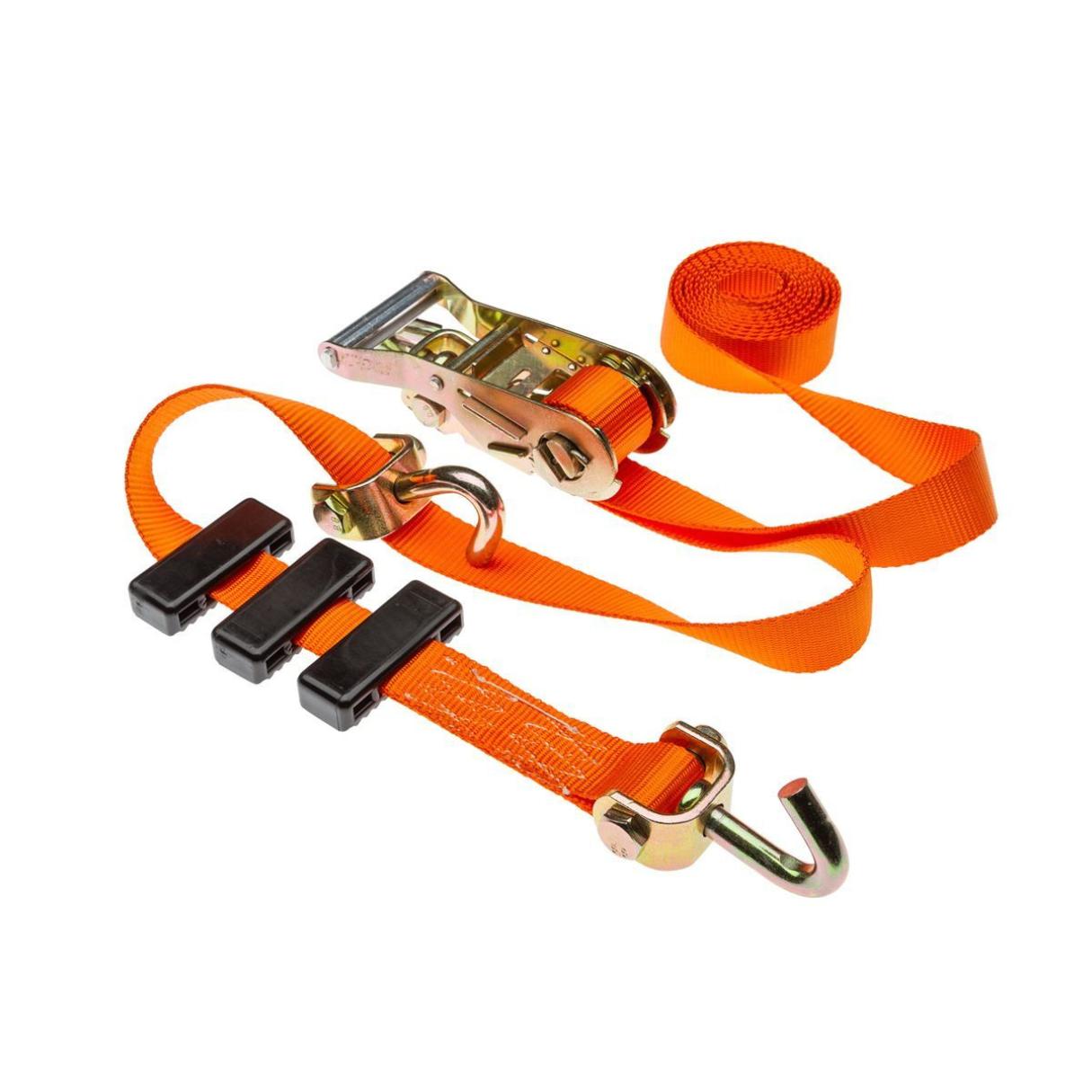
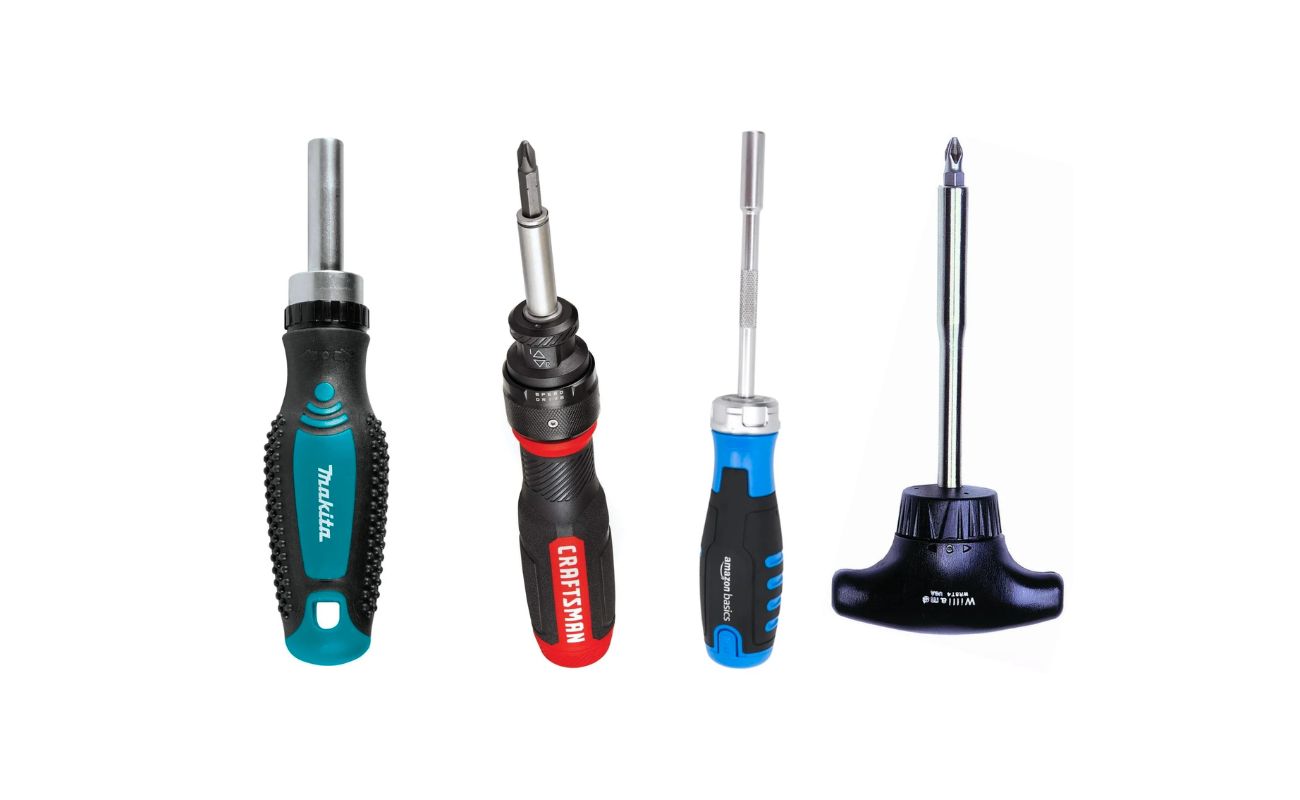
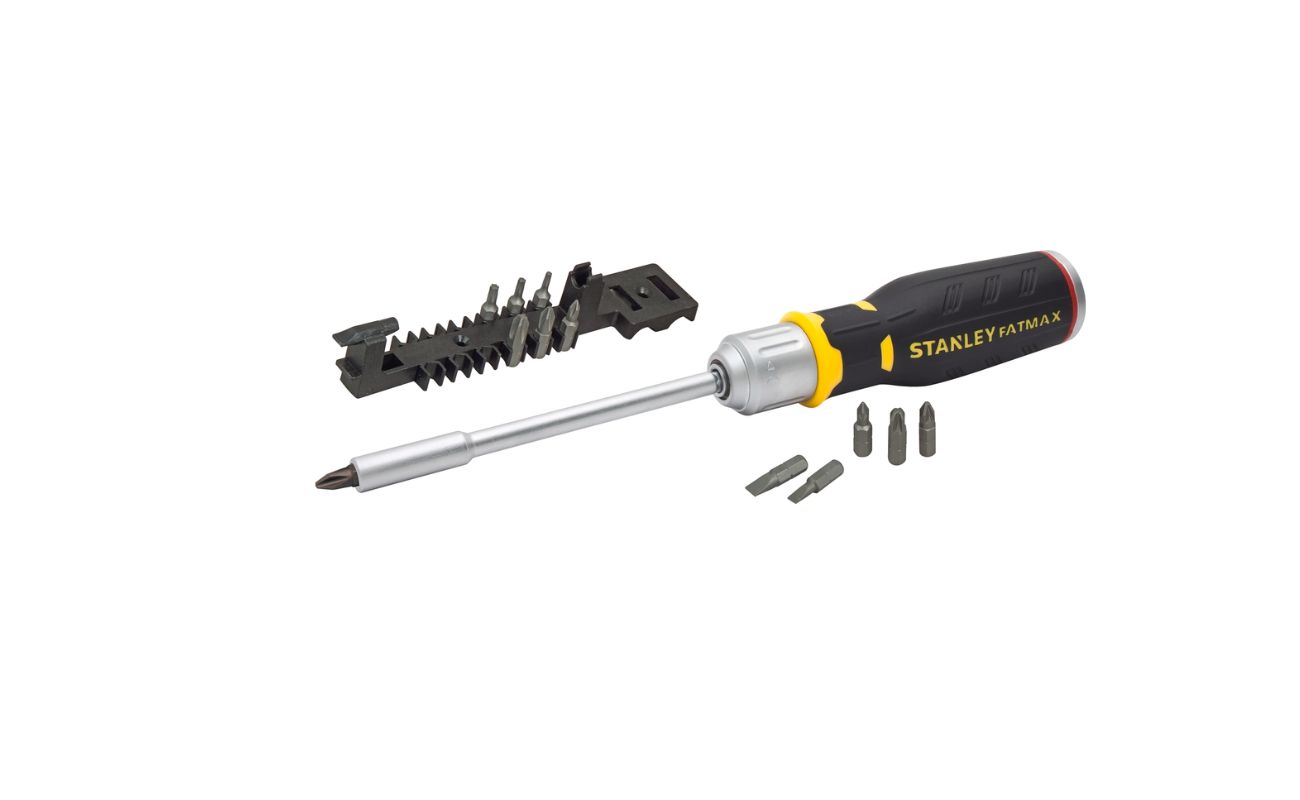

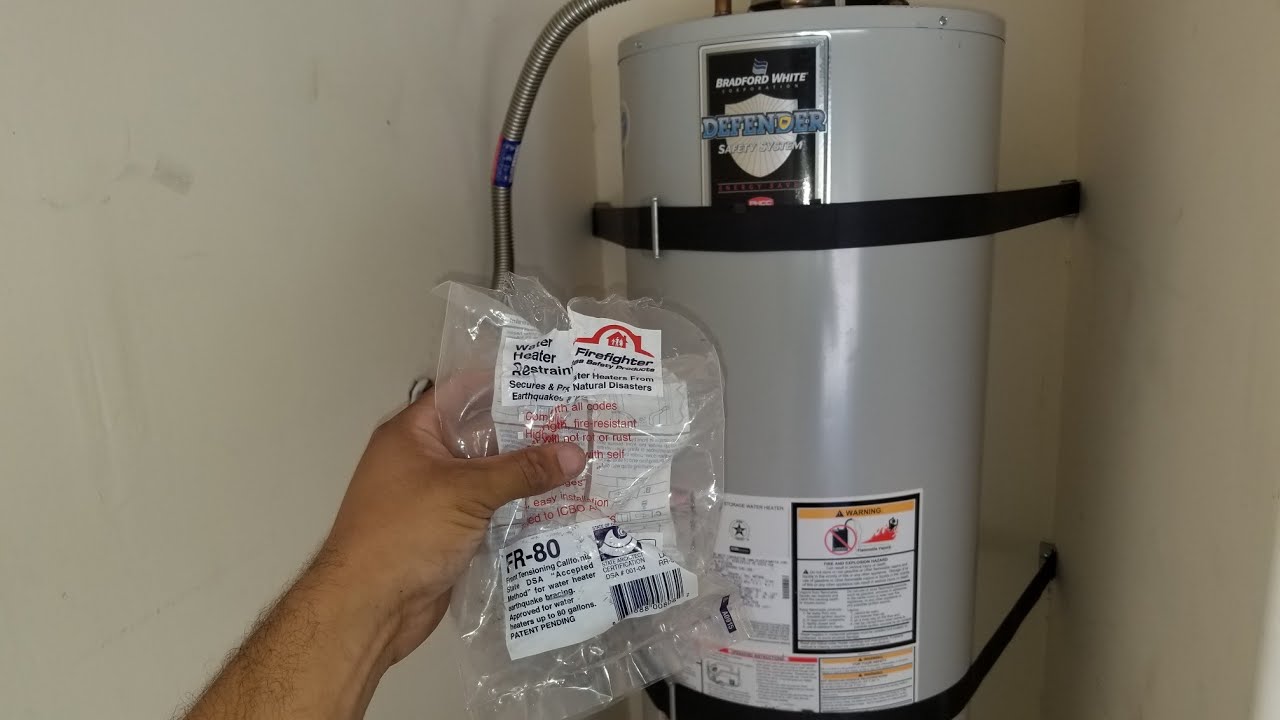
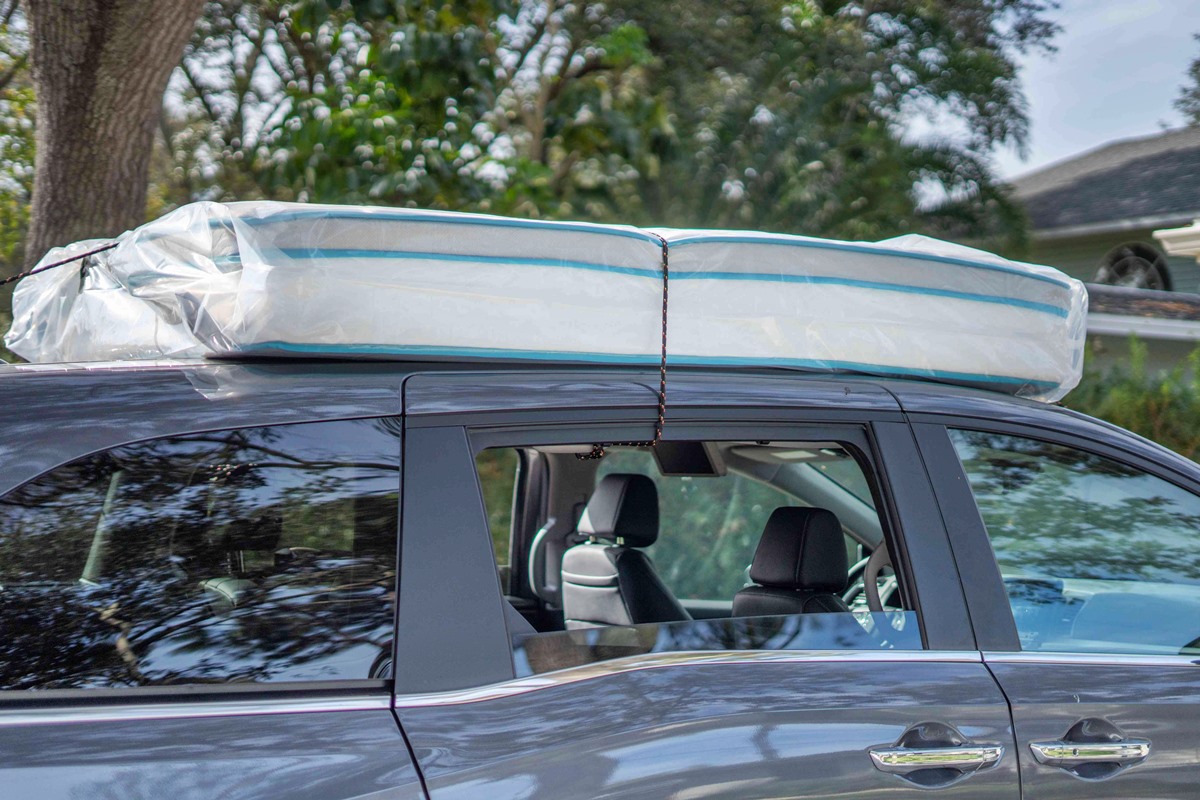
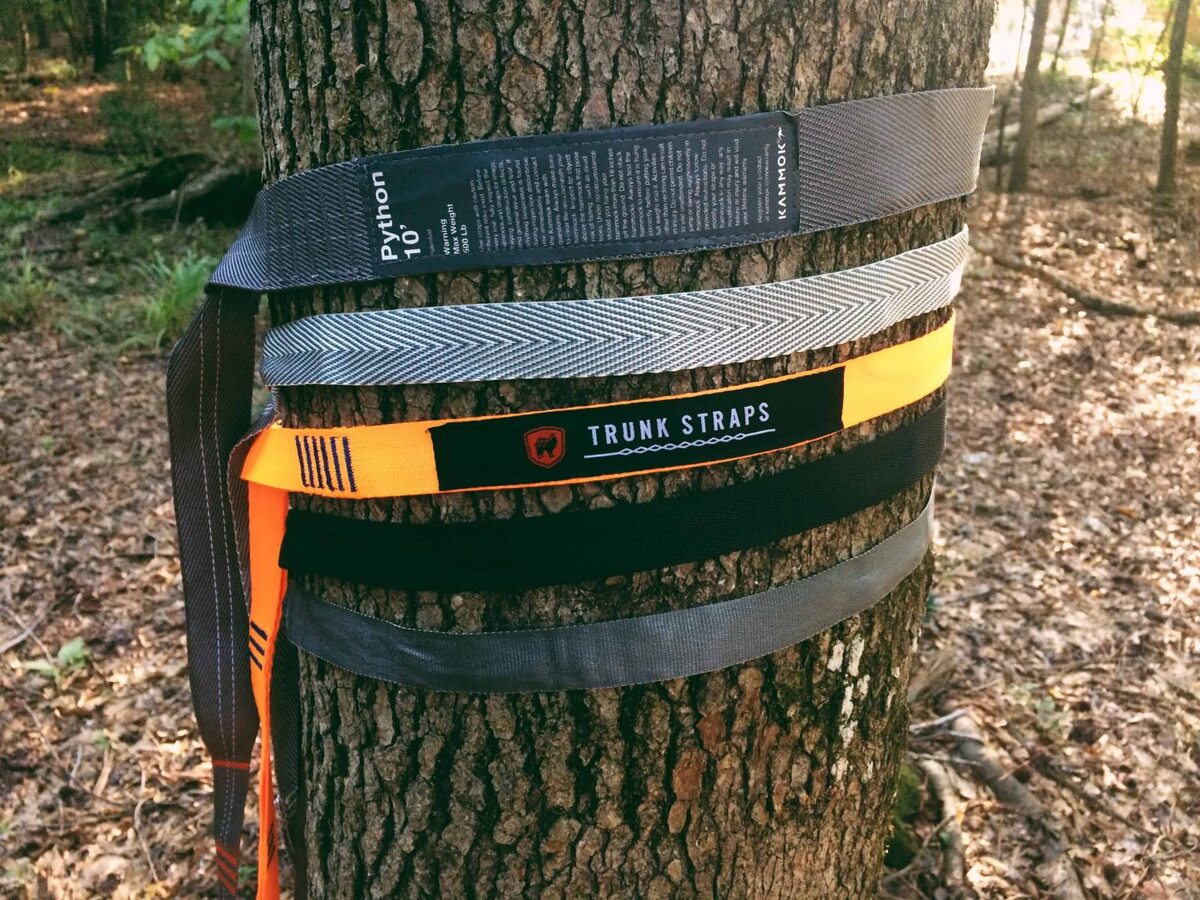
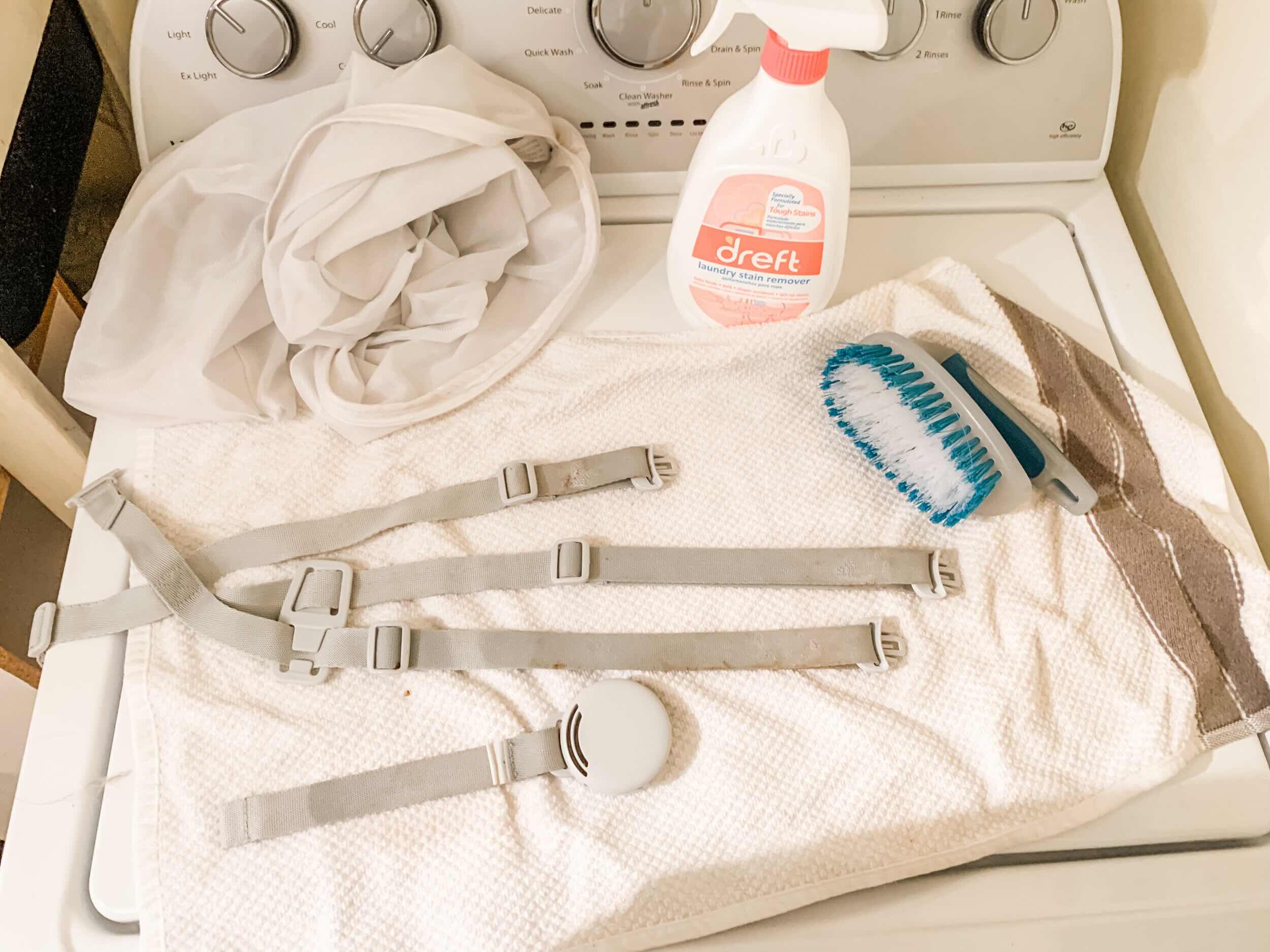
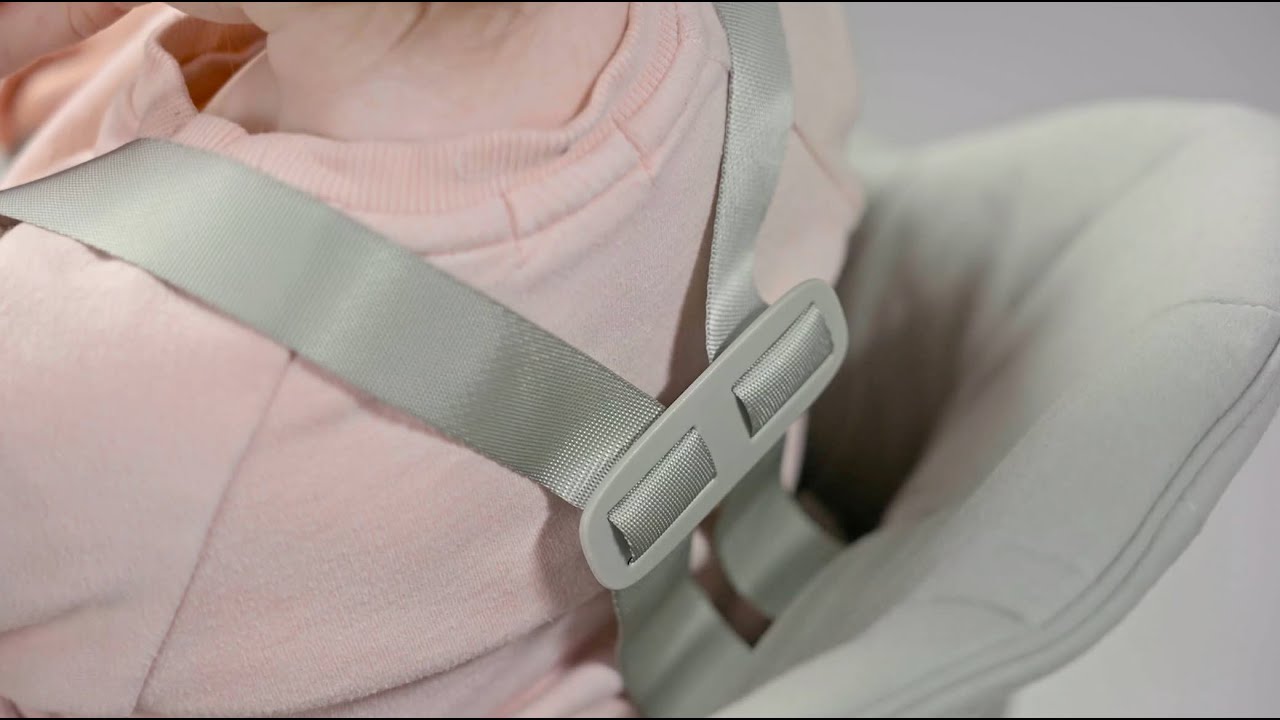

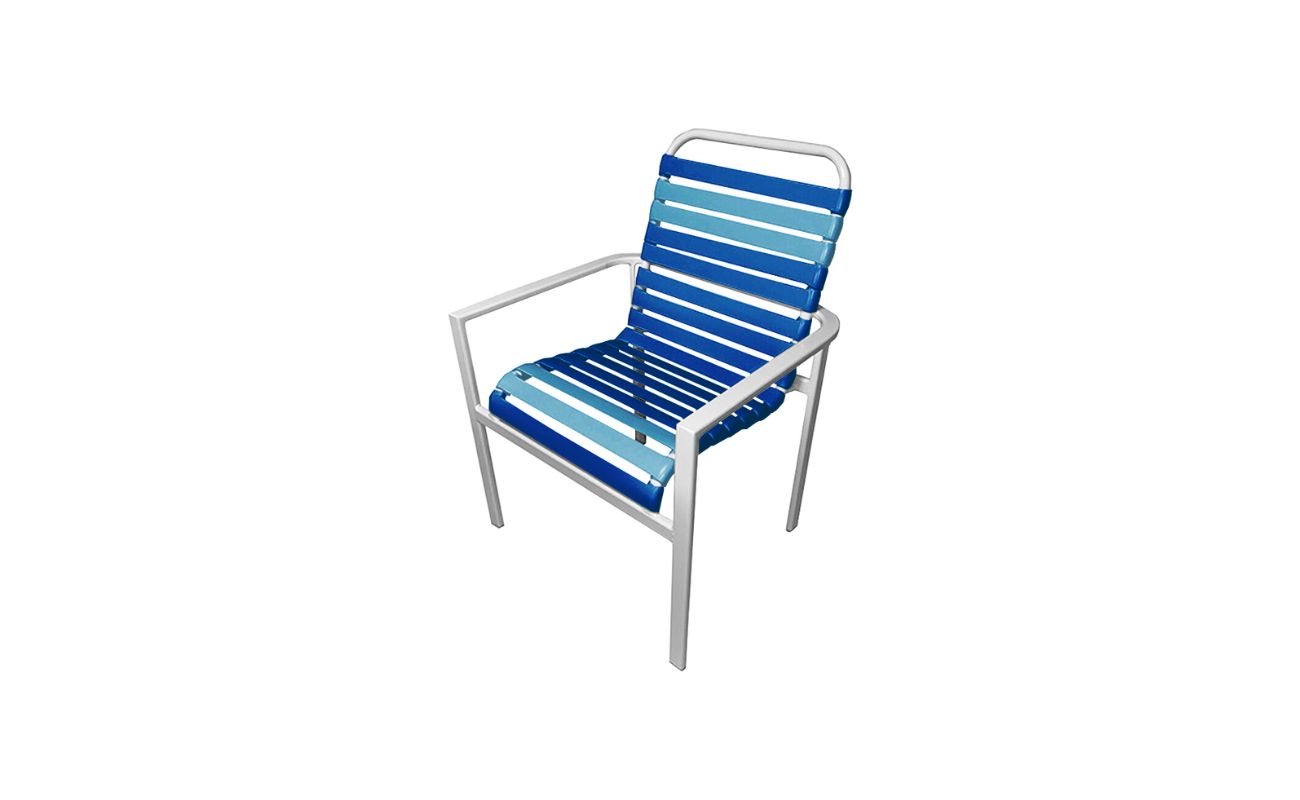

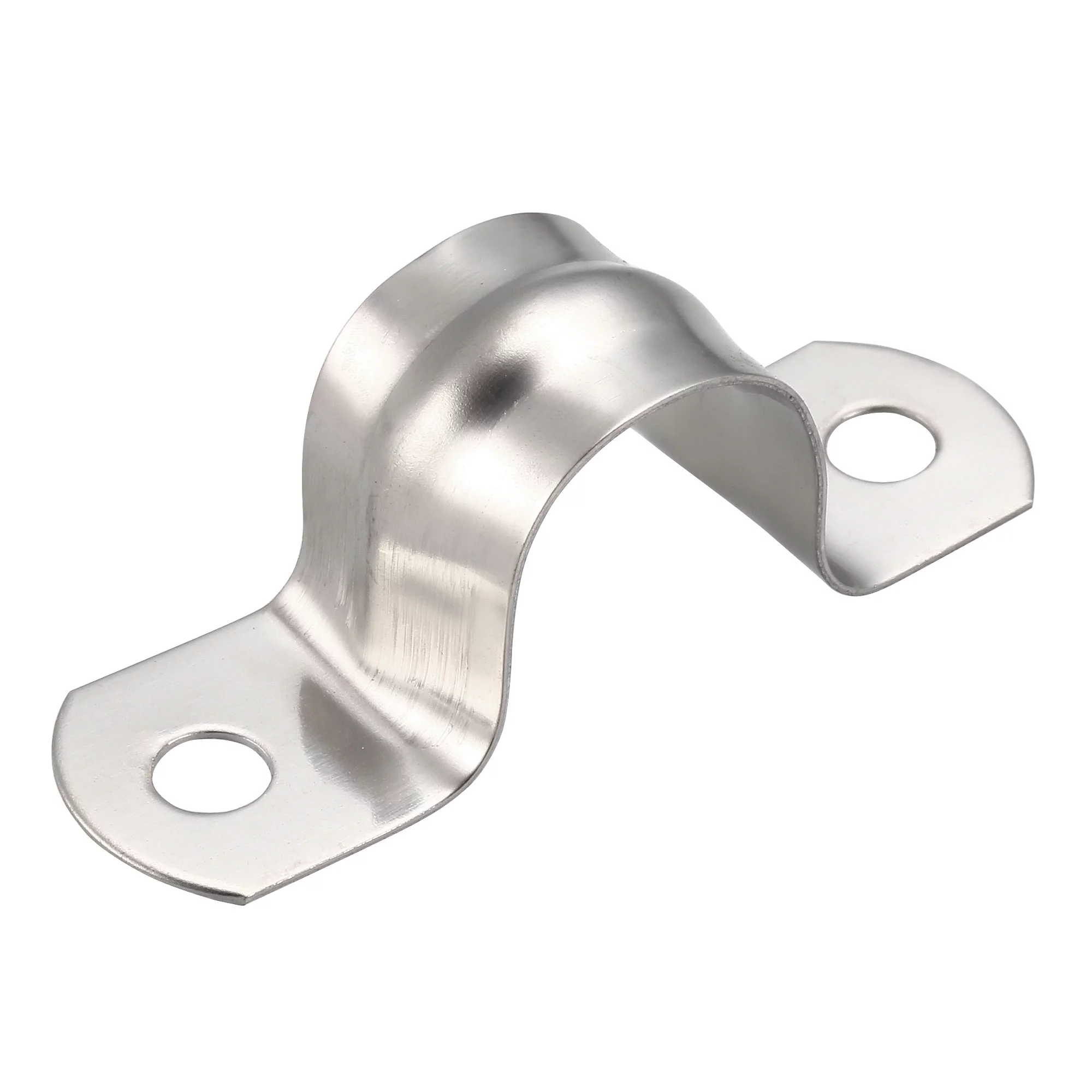

0 thoughts on “How To Store Ratchet Straps”